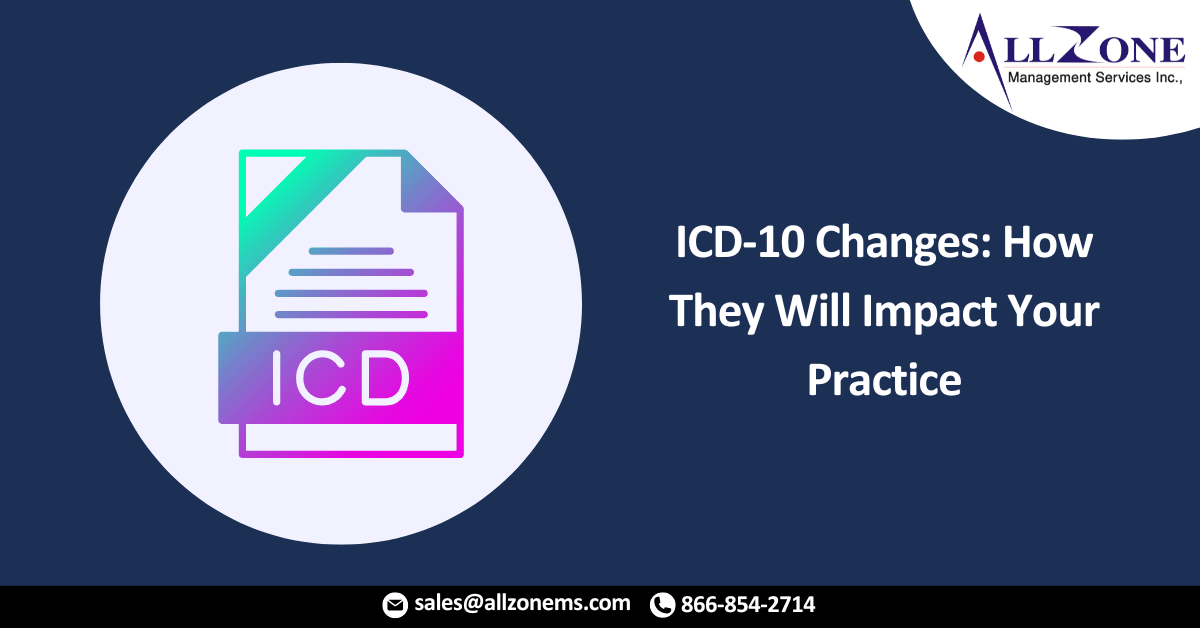For the FY 2024 ICD-10-CM code set, the Centers for Medicare and Medicaid Services (CMS) have introduced 395 new diagnosis codes, deleted 25 codes, and revised 13 codes. Additionally, the 2024 Addendum has been updated with revisions to dozens of codes related to conditions such as osteoporosis with fractures, retinopathy, muscle entrapment in the eye, and disease of the nervous system. These changes include modifications to Code First, Excludes1 and Excludes2 designations, laterality, and Use Additional coding. It’s important to carefully review these directives when selecting ICD-10 codes, as they may have significant impacts on coding practices.
Chapter 20: Understanding the External Causes of Morbidity (V00-Y99)
This year’s code updates bring significant changes to Chapter 19, which covers injuries, poisoning, and certain other consequences of external causes. With 123 updates, almost half of this year’s new codes are in this chapter. The most extensive expansion is related to foreign bodies, such as batteries, plastic objects, glass items, magnetic and non-magnetic metal objects, organic and non-organic items, and sharp objects that enter through natural orifices or penetrate the body. Some examples of these changes include:
- W44.B3xA (First Occurrence), Plastic toy or toy part entering or passing through a natural orifice
- W44.H0xA (First Occurrence), Unspecified sharp object entering or passing through a natural orifice
- W44.F3xAF (First Occurrence), Food entering or passing through a natural orifice
- W44.A1XA (First Occurrence), Button battery entering or passing through a natural orifice
- W44.C0XA (First Occurrence), Unspecified glass entering or passing through a natural orifice
- W44.H2XD (Subsequent Occurrence), Knife, sword, or dagger entering or passing through a natural orifice
Chapter 13 (M00-M99) – Diseases of the Musculoskeletal System and Connective Tissue
To provide more specific classification for osteoporosis with pathological fracture, this update introduces 42 new codes. These codes aim to enhance the accuracy of coding and documentation. For instance:
- 8B2P: Other osteoporosis with current pathological fracture, left pelvis, subsequent encounter for fracture with malunion
- 8B9D: Other osteoporosis with current pathological fracture, unspecified pelvis, subsequent encounter for fracture with routine healing
- 0B1K: Age-related osteoporosis with current pathological fracture, right pelvis, subsequent encounter for fracture with non-union
- 0B2G: Age-related osteoporosis with current pathological fracture, left pelvis, subsequent encounter for fracture with delayed healing
Chapter 7 (H00-H59) – Diseases of the Eye and Adnexa
The newly added codes cover conditions such as non-proliferative/proliferative sickle-cell retinopathy, specific eye muscle entrapment in cases of other strabismus, and foreign body sensation. Additionally, the changes include the incorporation of laterality to provide more precise coding for eye-related conditions.
Chapter 21 (Z00-Z99) – Factors Influencing Health Status and Contact with Health Services
Chapter 21 has been updated with 30 new additions and six deletions, primarily due to expanded diagnosis codes. The new codes include observation of newborns for suspected conditions that have been ruled out, carrier of Acinetobacter baumannii bacteria, encounters for prophylactic measures, family history of specific colon polyps, and non-compliance of caregivers. Additionally, the Social Determinants of Health (SDoH) section has been enhanced with new codes for child custody and parental/adult-child conflict.
Among the notable final updates to the ICD-10-CM code set for FY 2024 are the following:
- Chapter 6, which covers diseases of the nervous system (G00-G99), has 24 new codes.
- Chapter 7, which pertains to diseases of the eye and adnexa (H00-H59), has 34 new codes.
- Chapter 17, dealing with congenital malformations, deformations, and chromosomal abnormalities (Q00-Q99), has 22 new codes and six revised codes.

